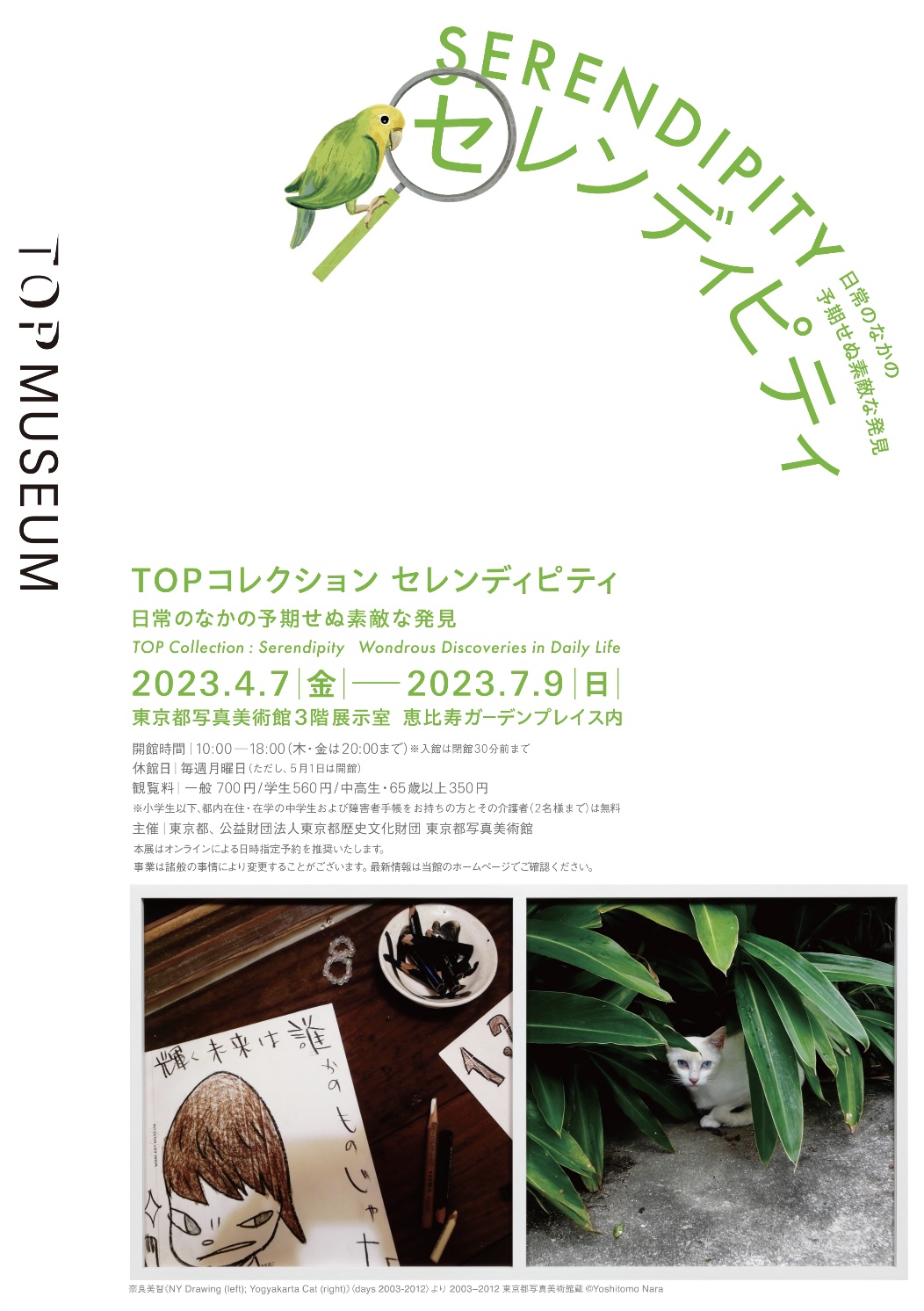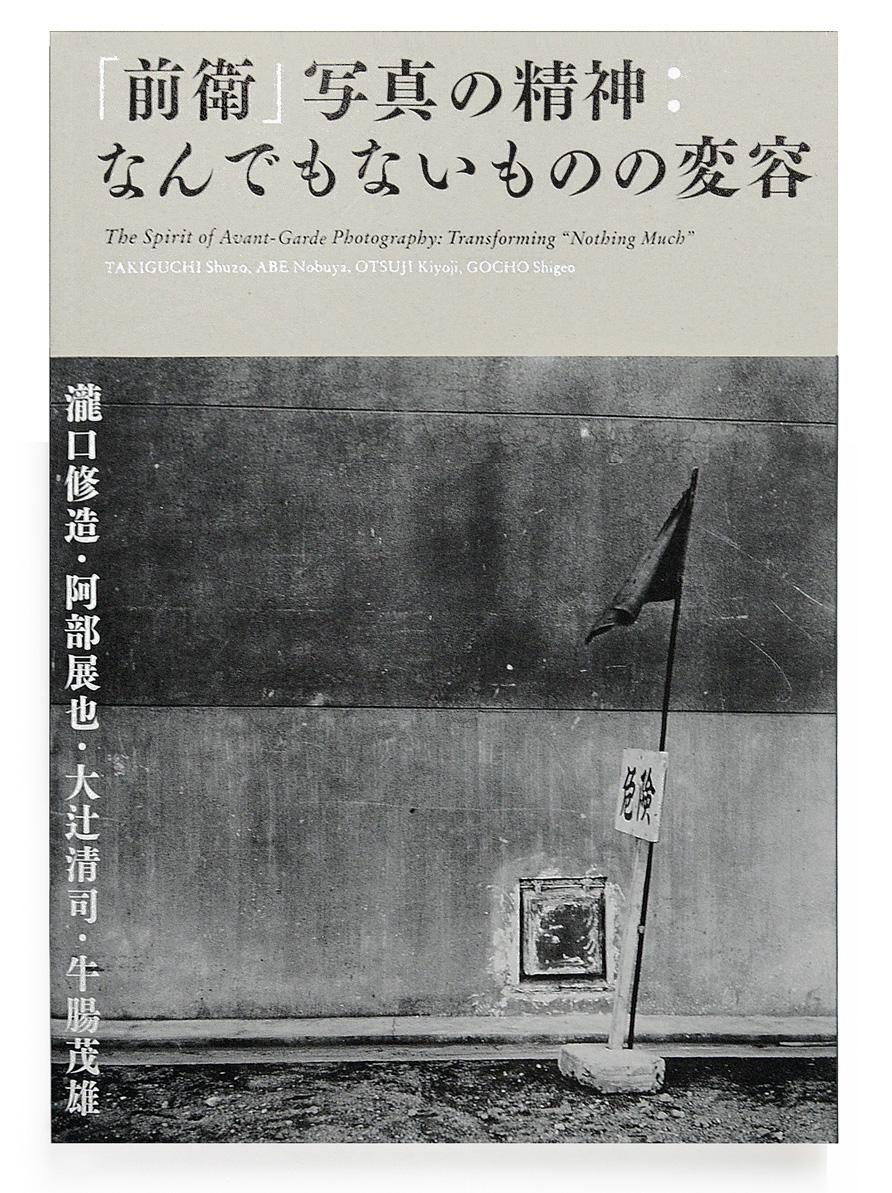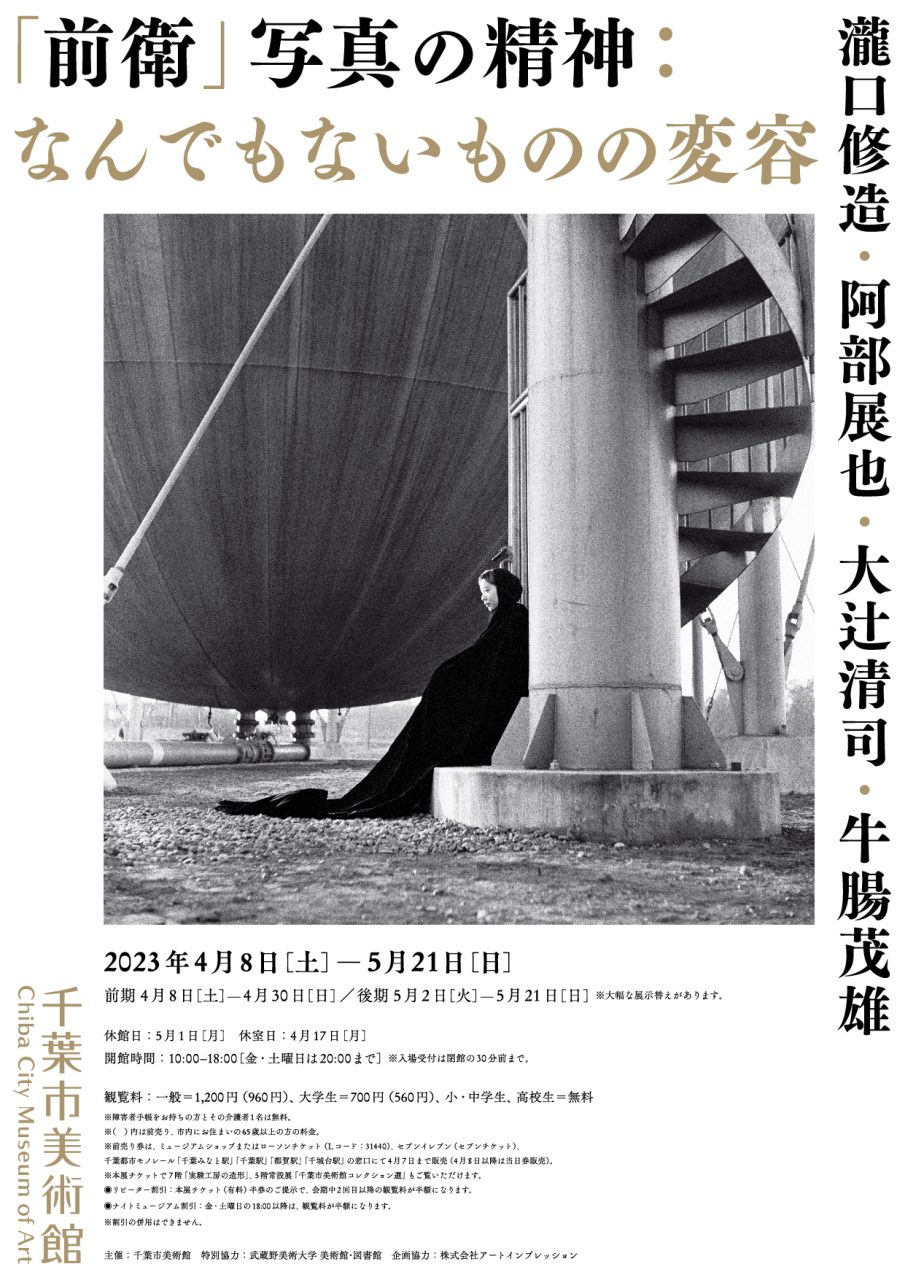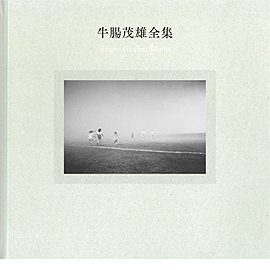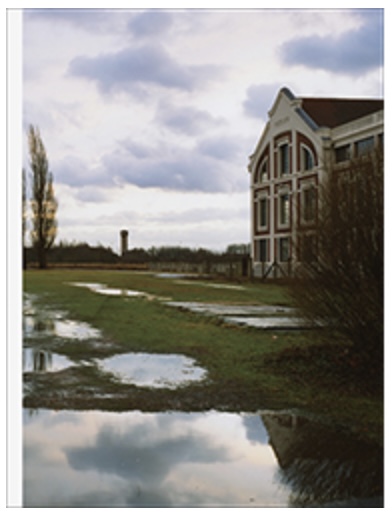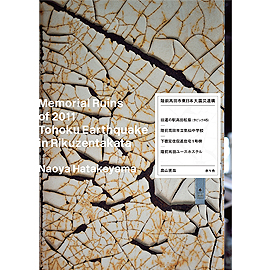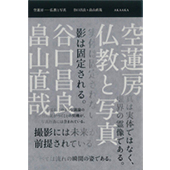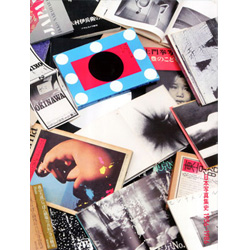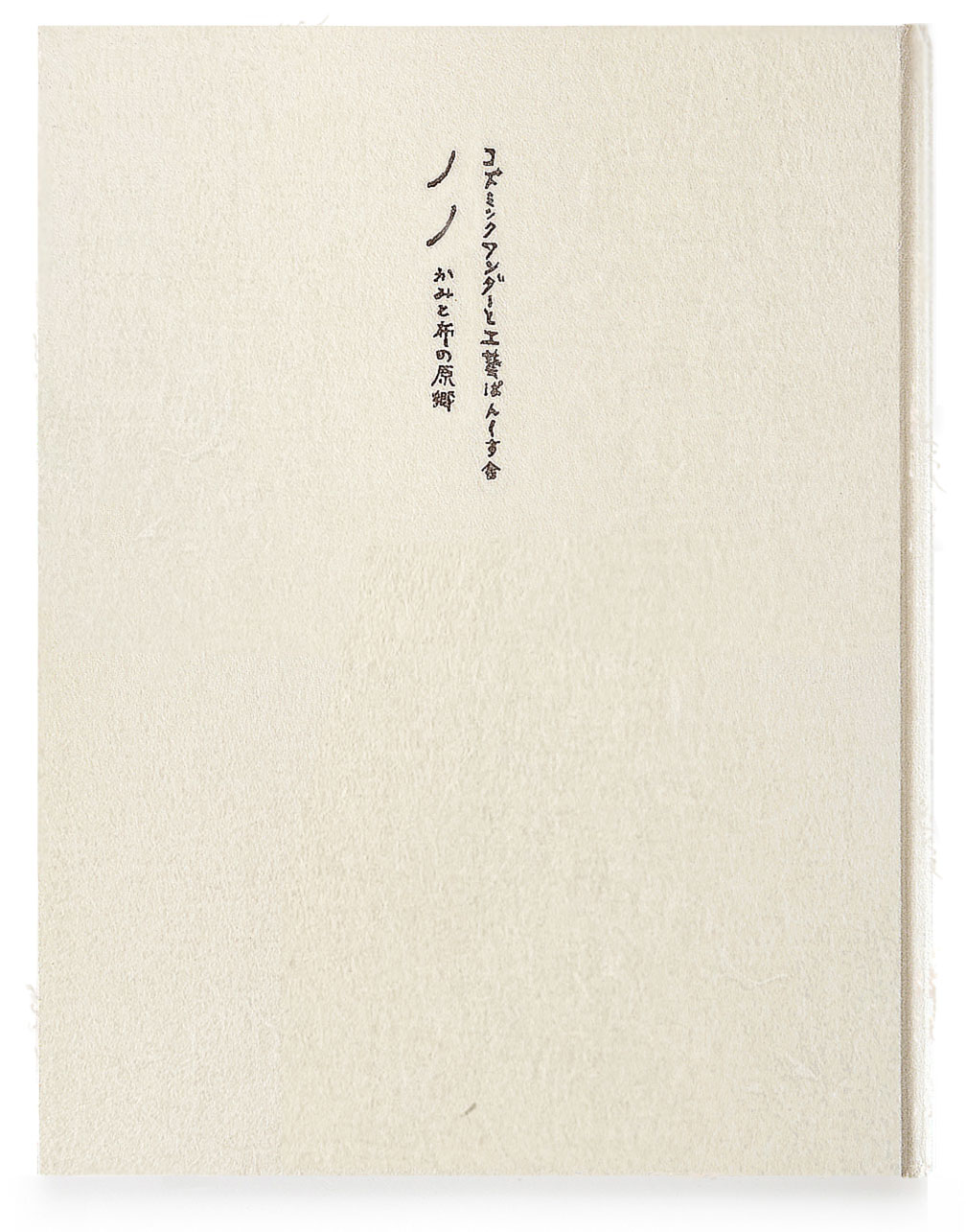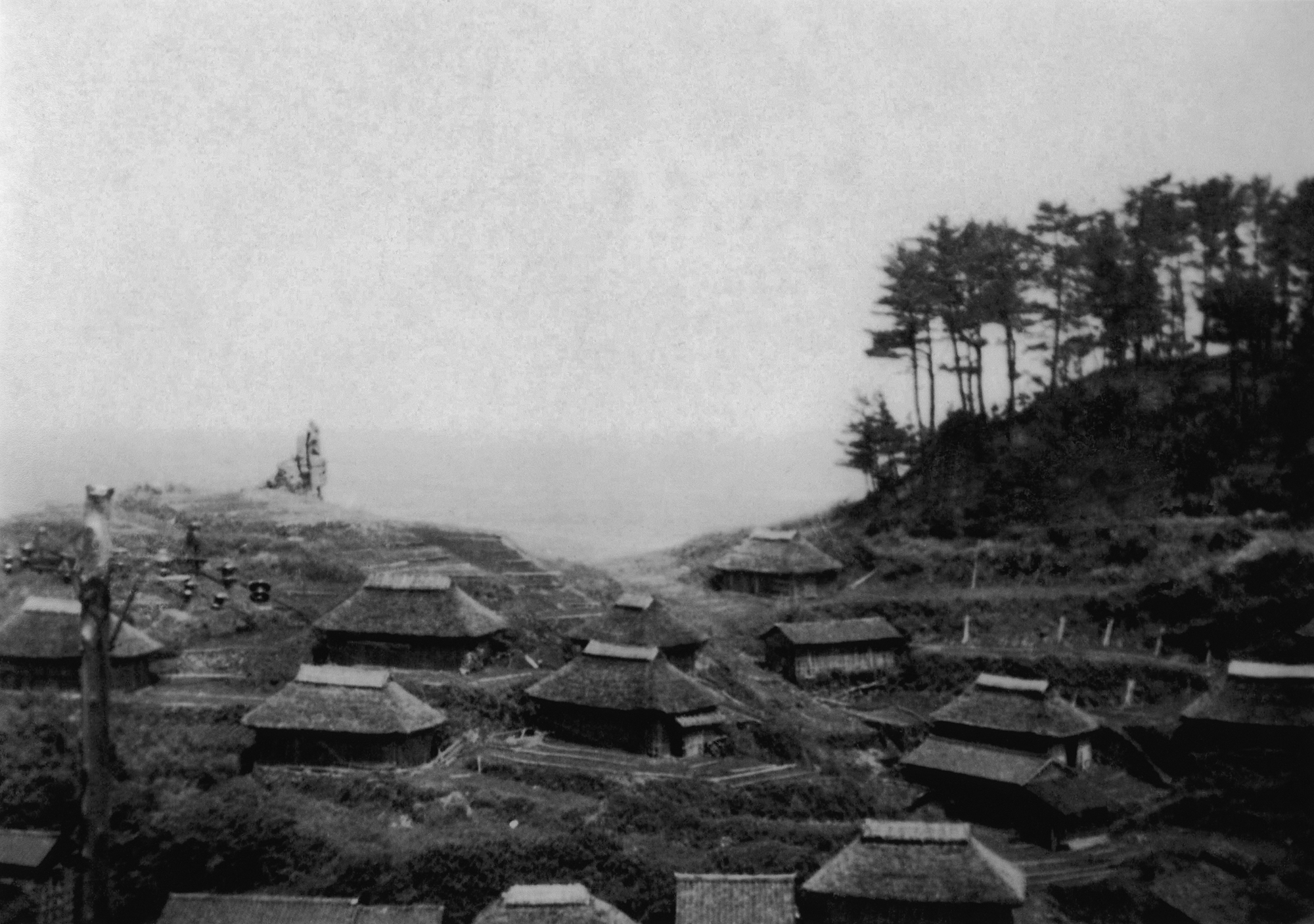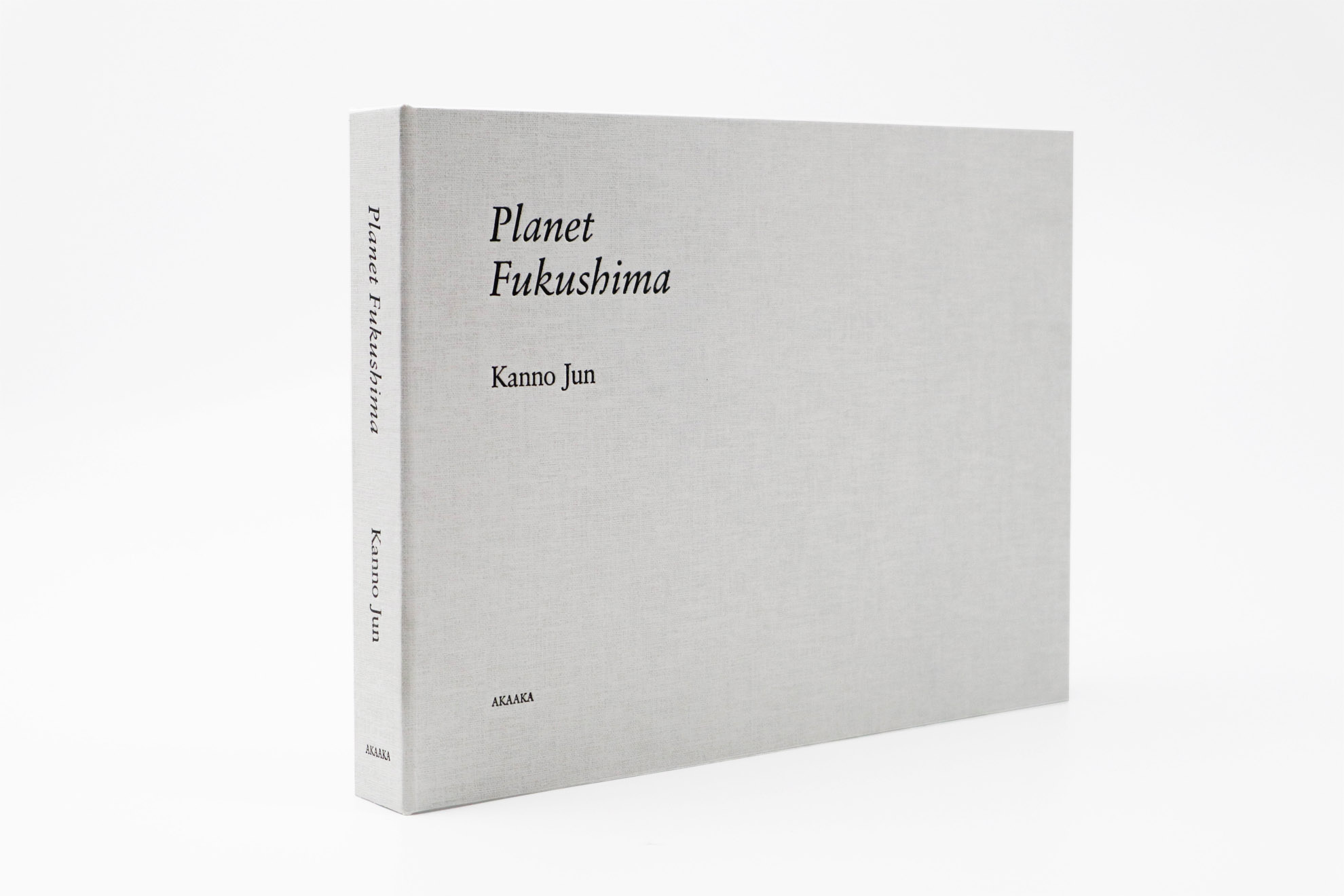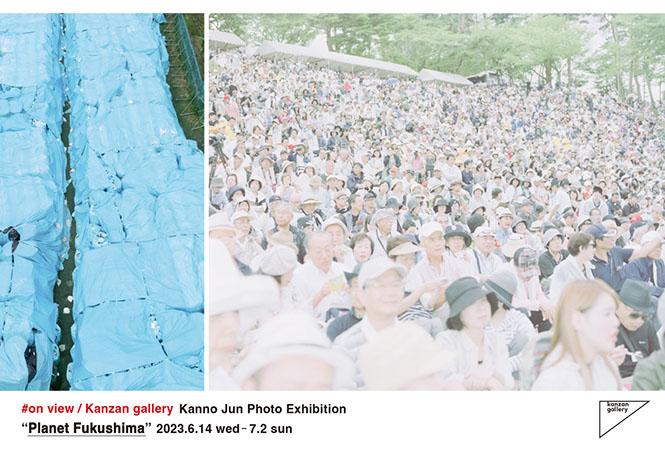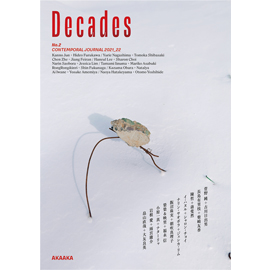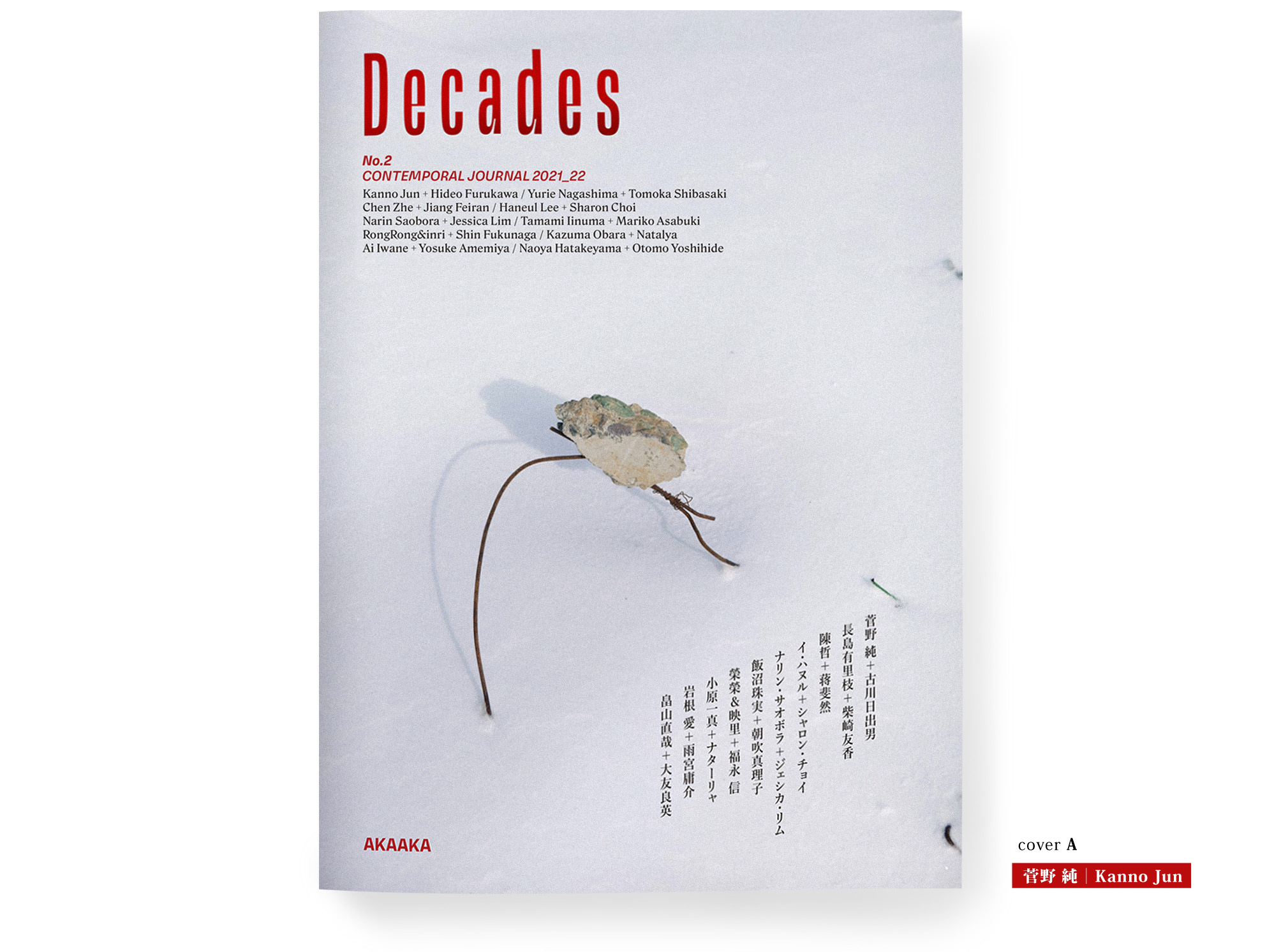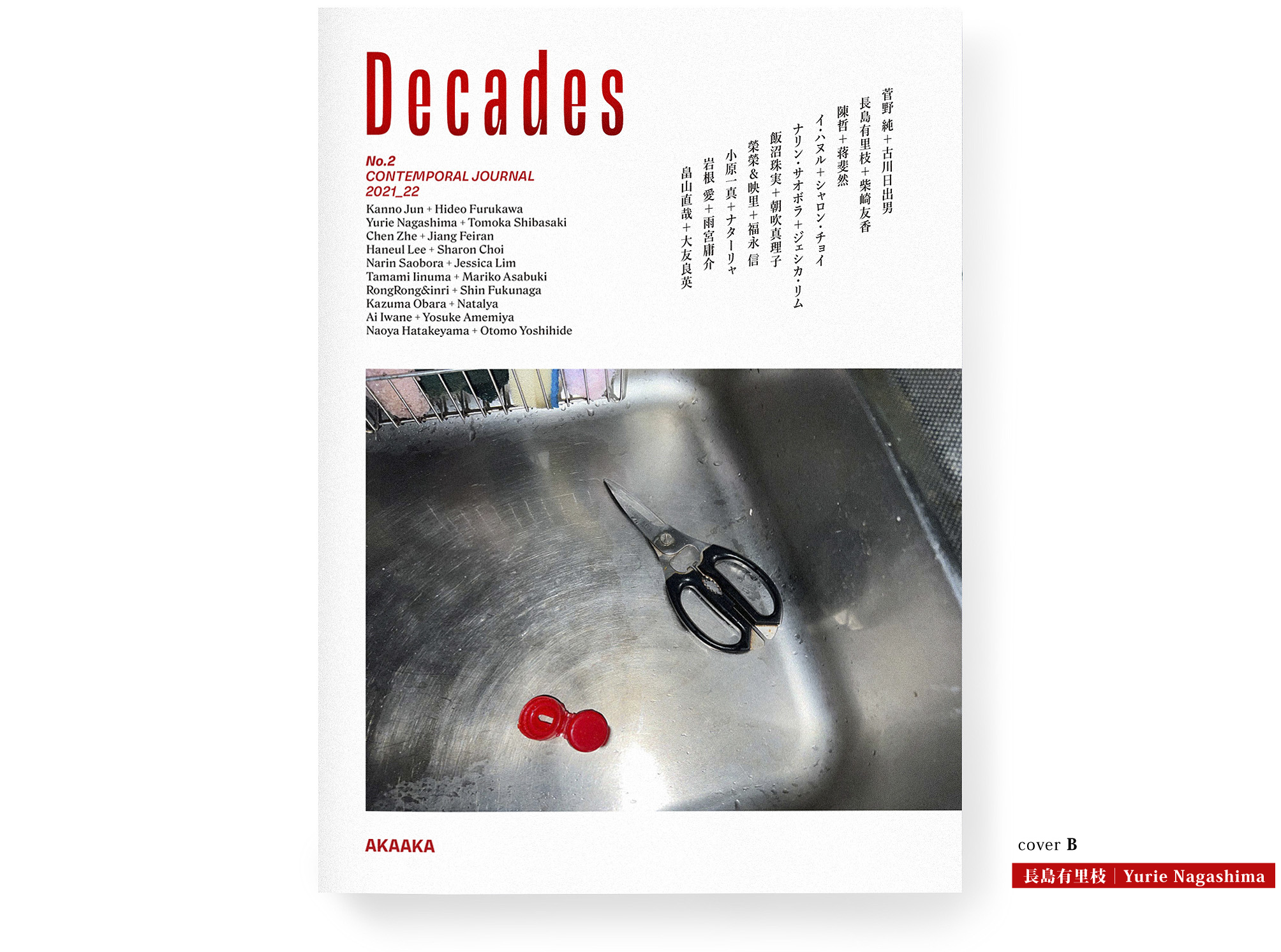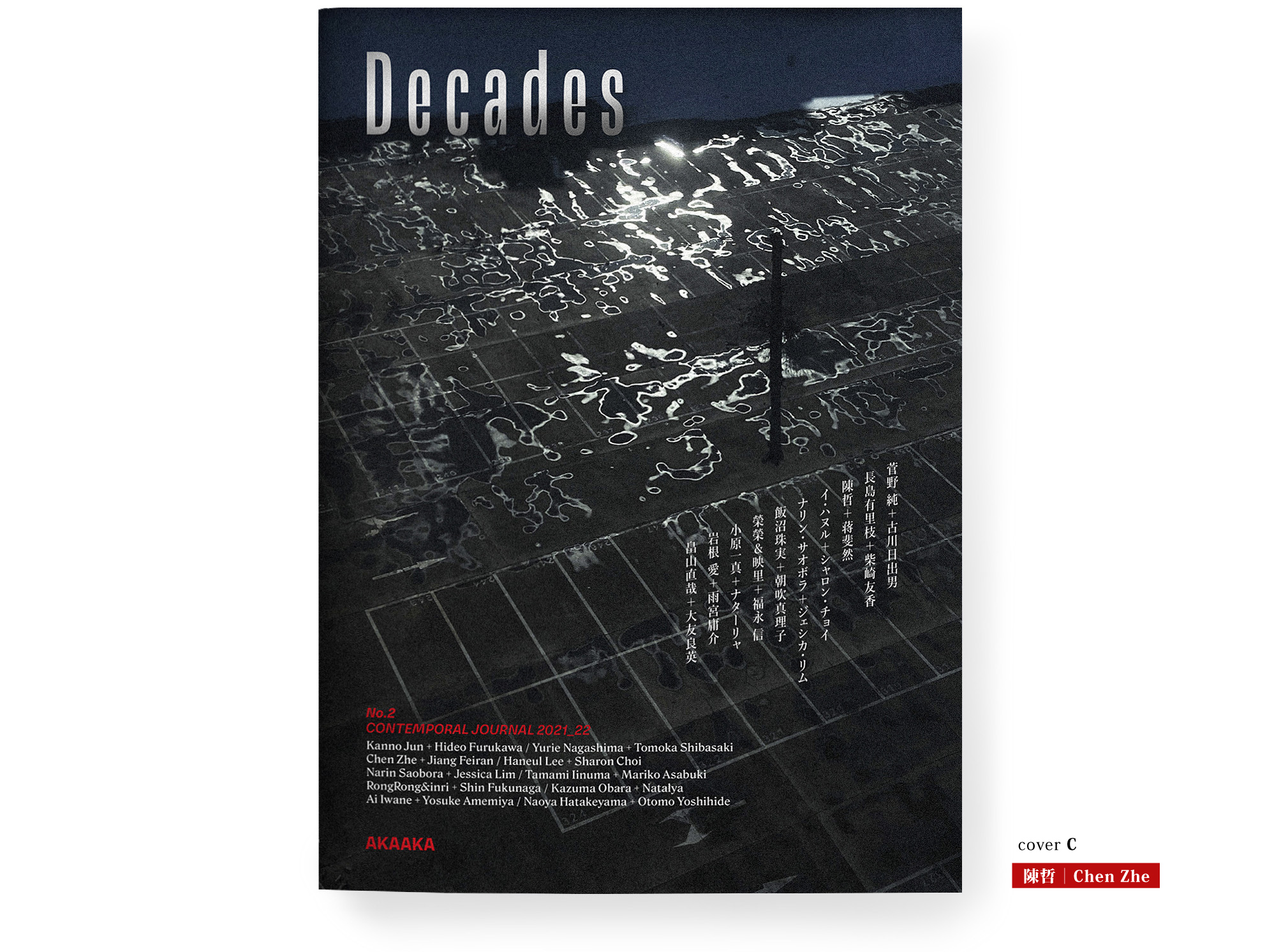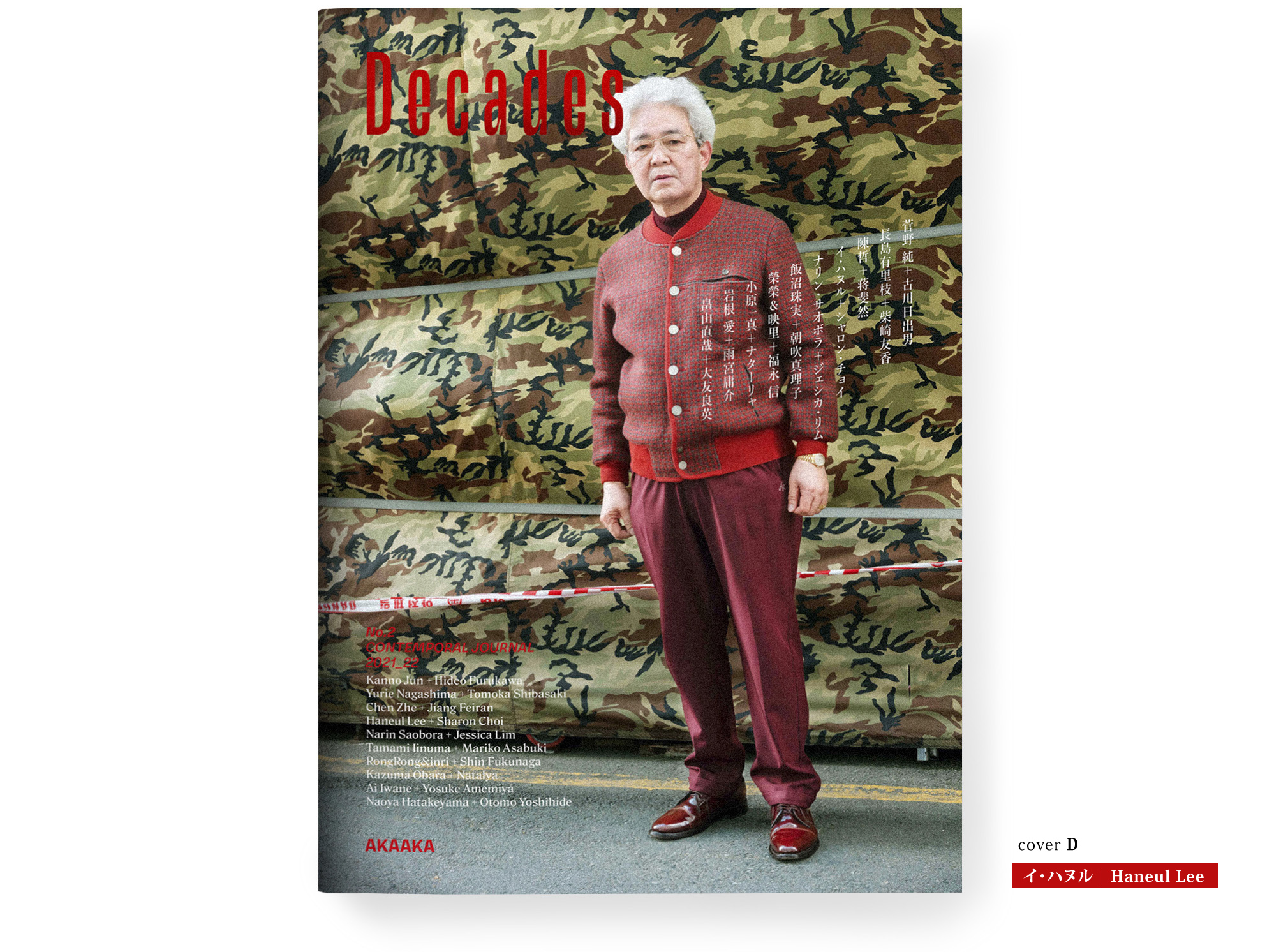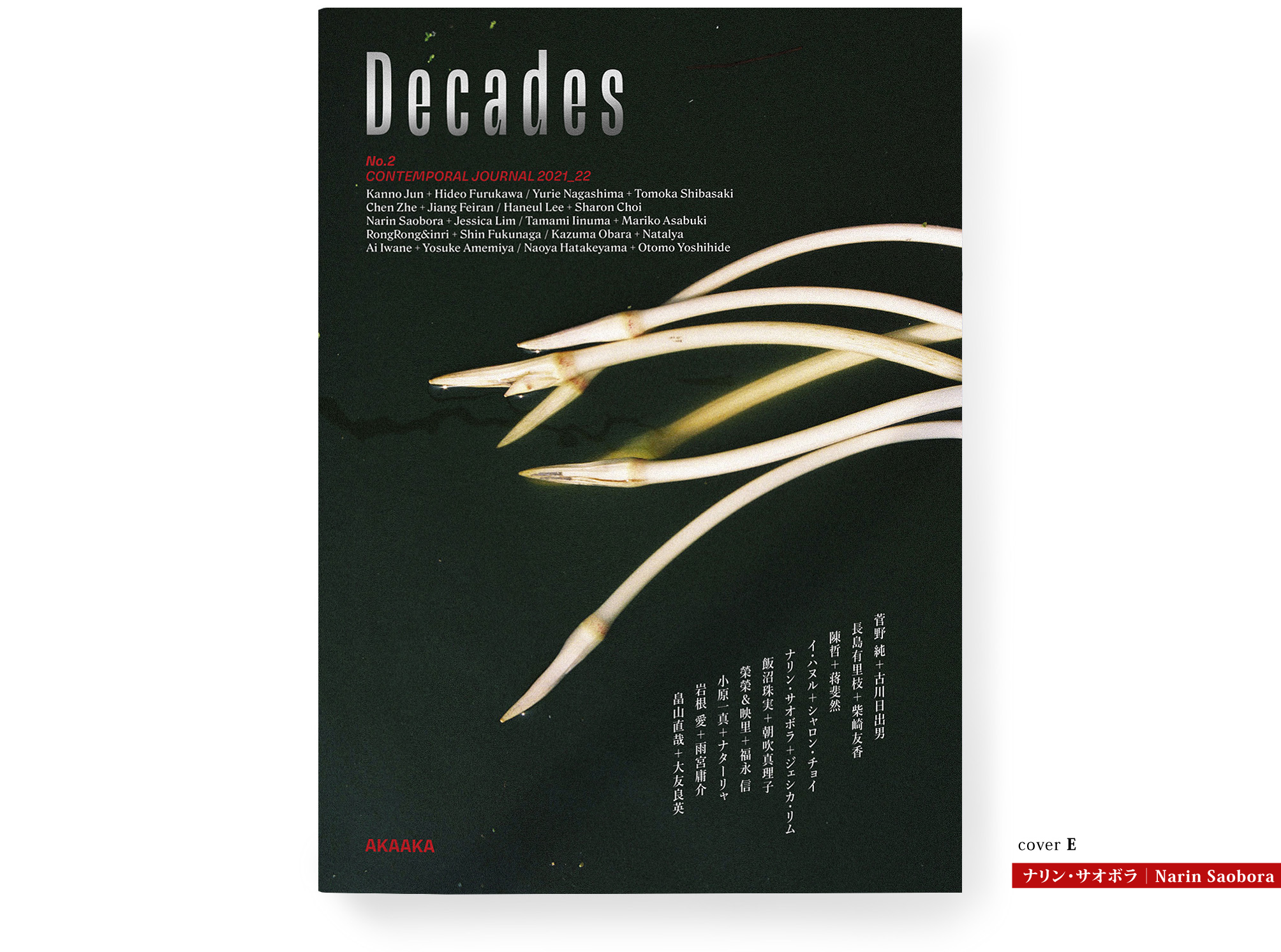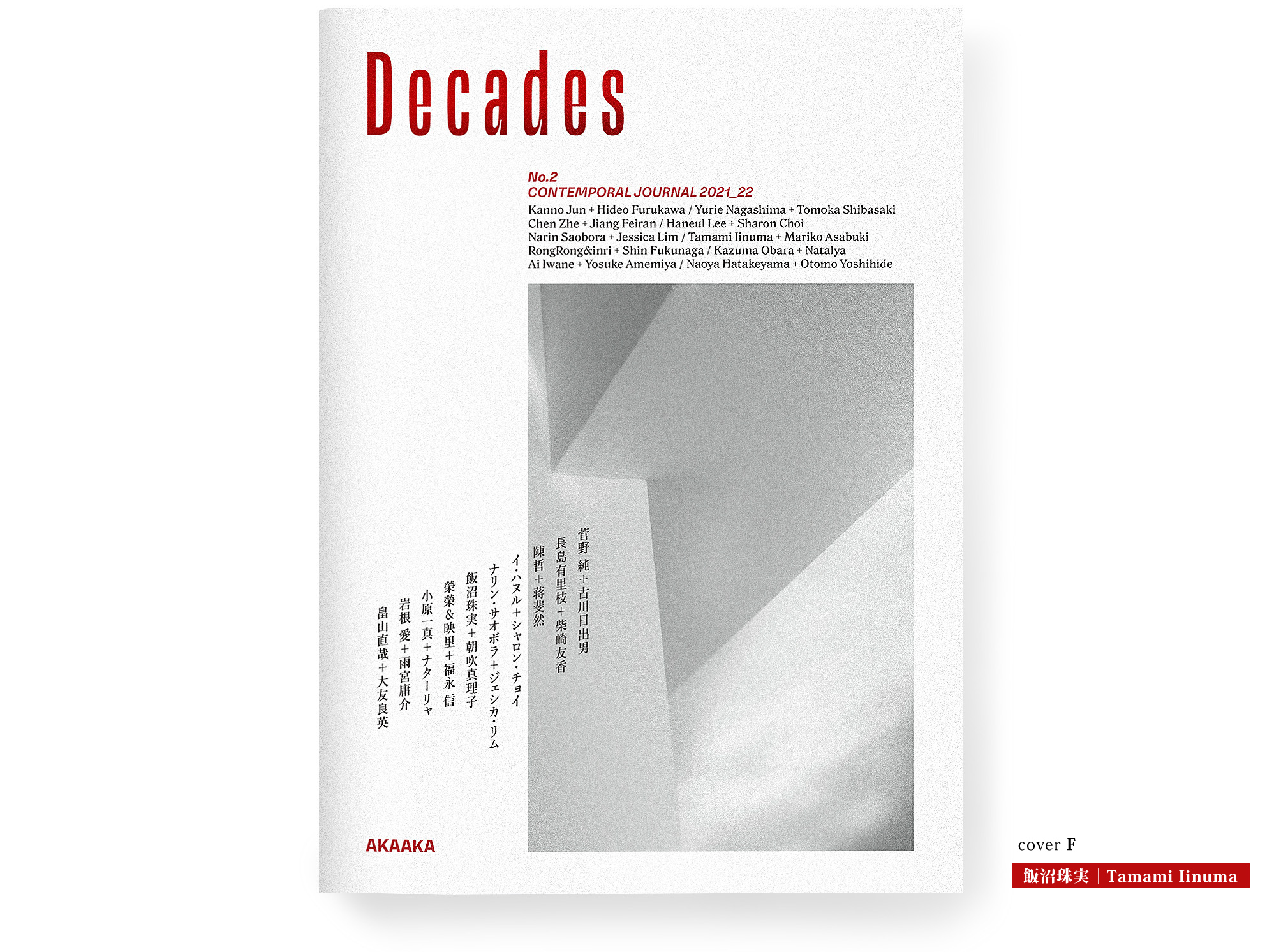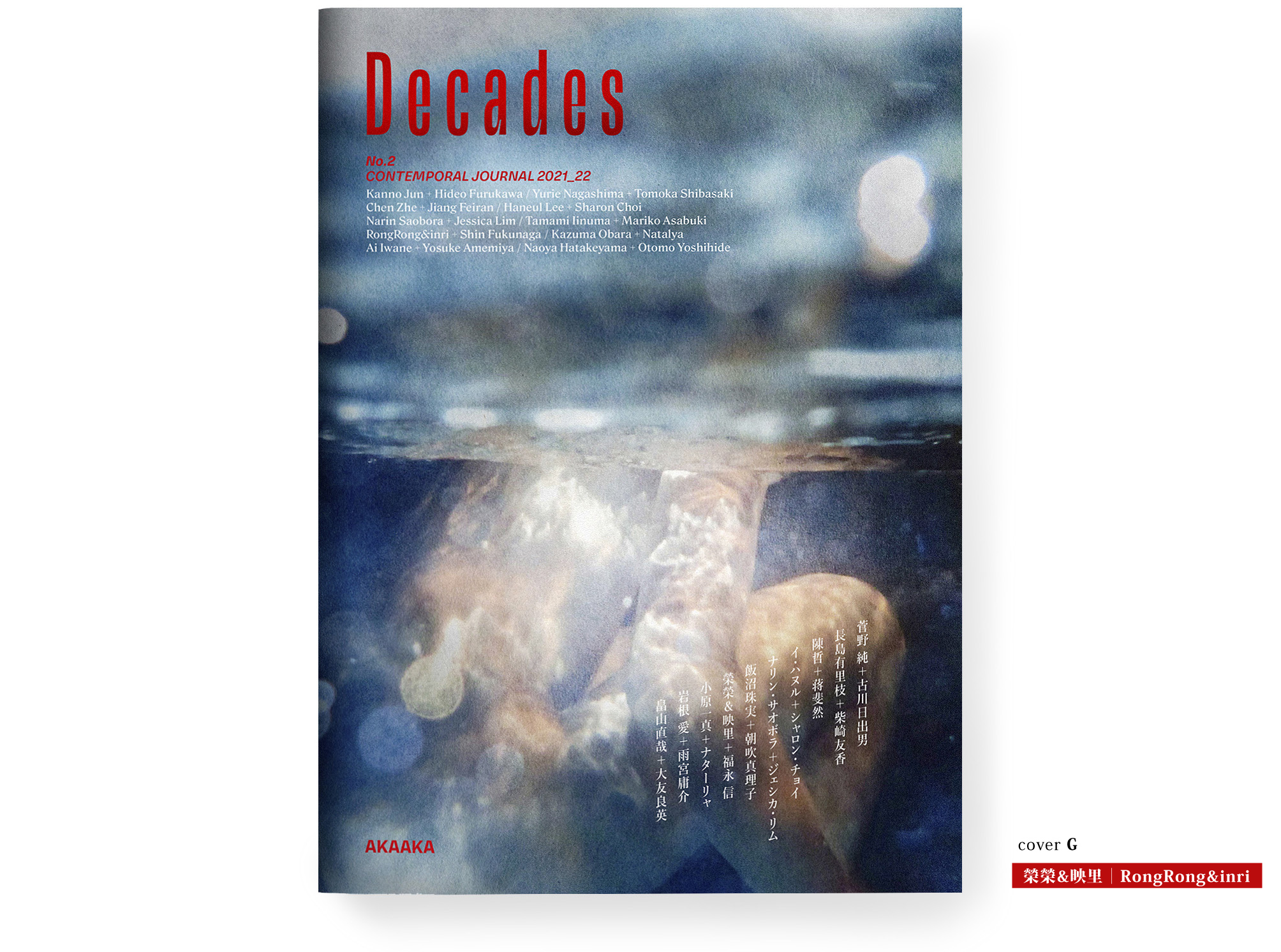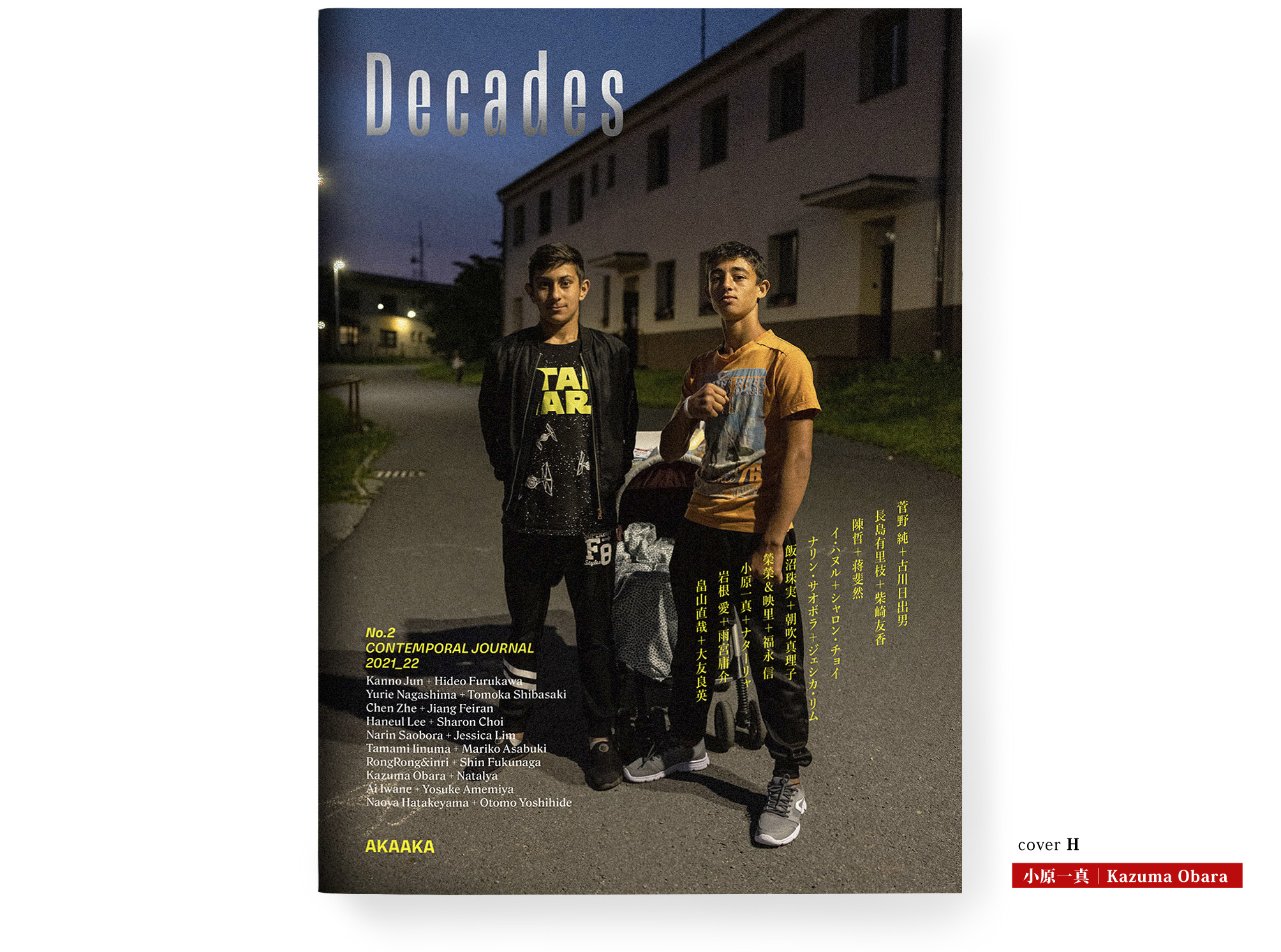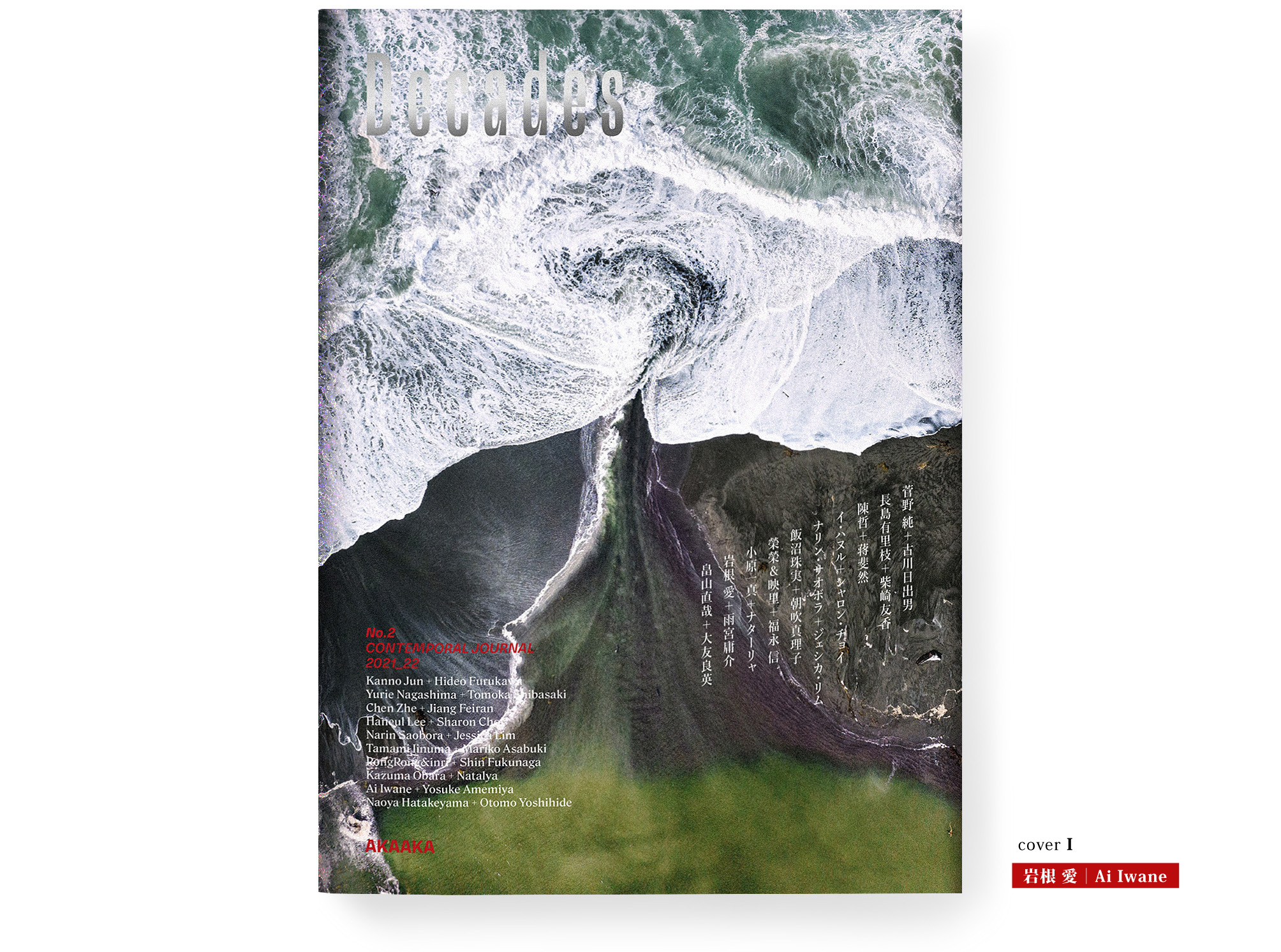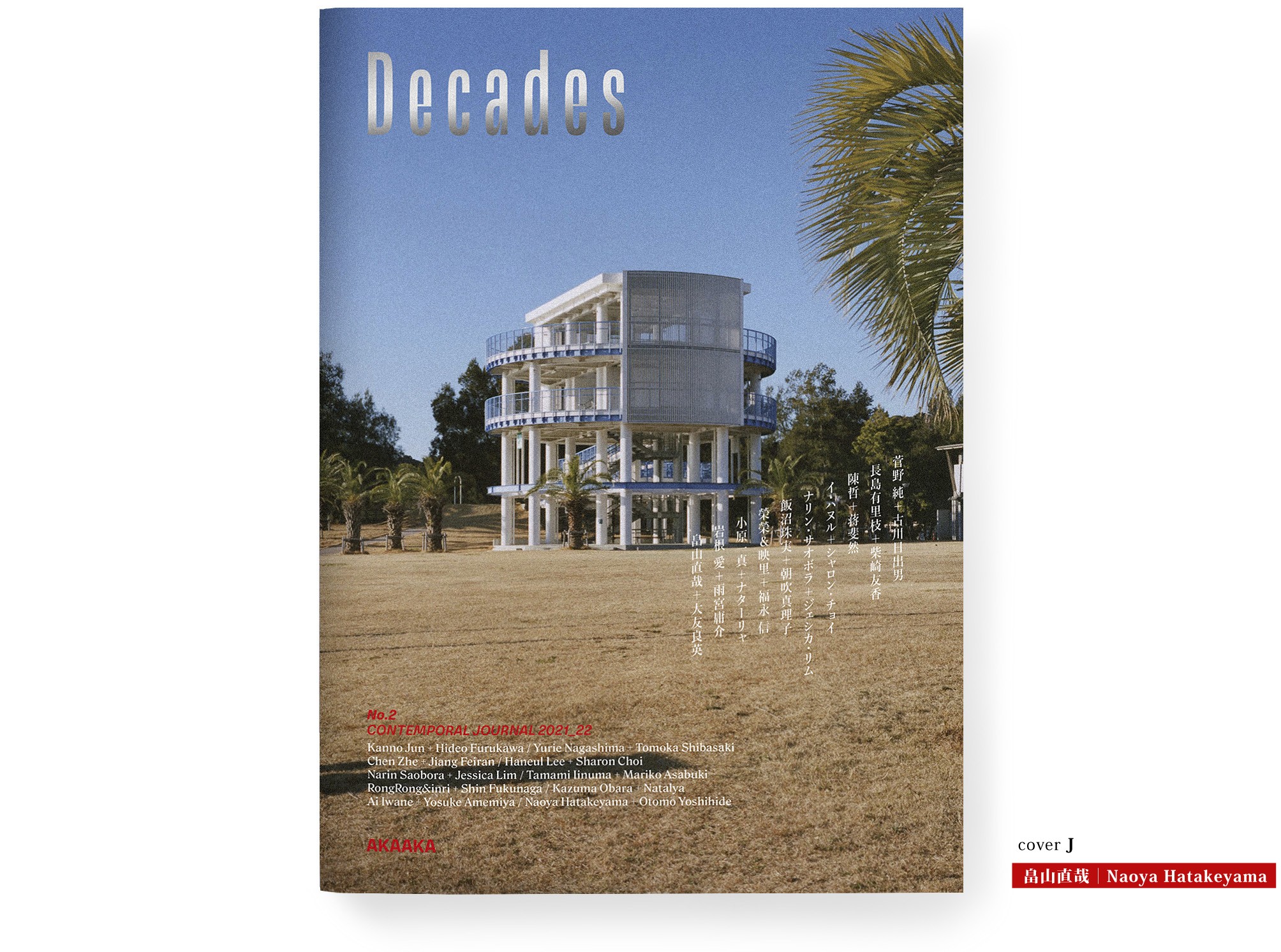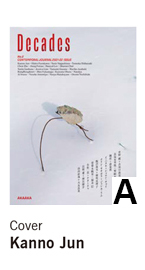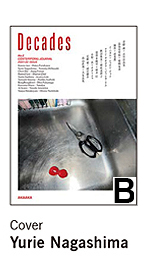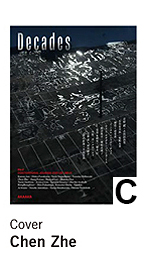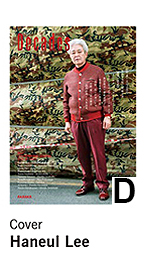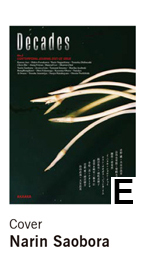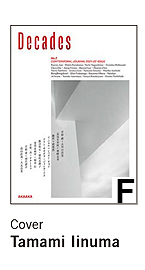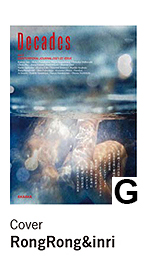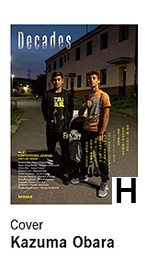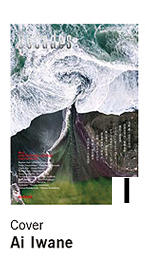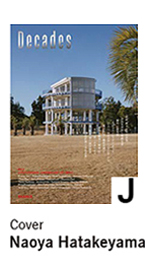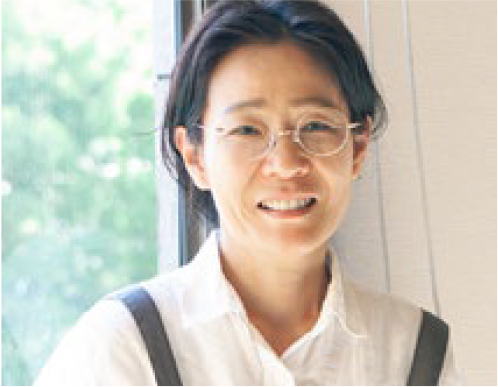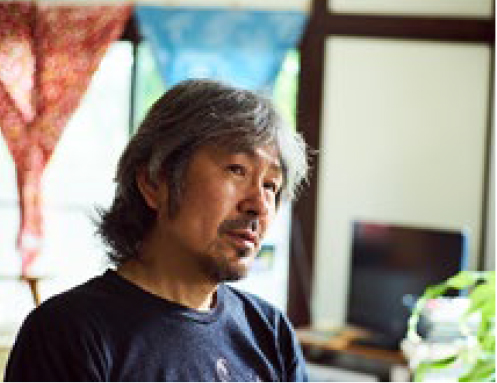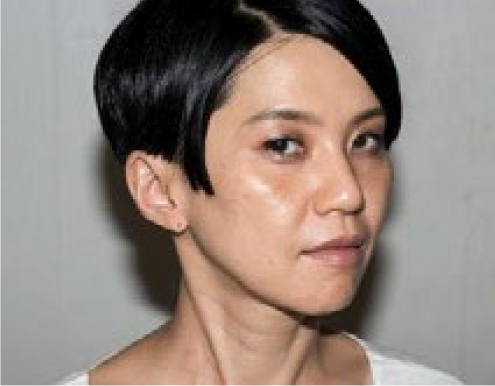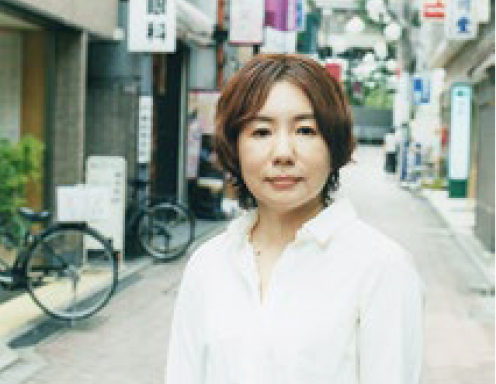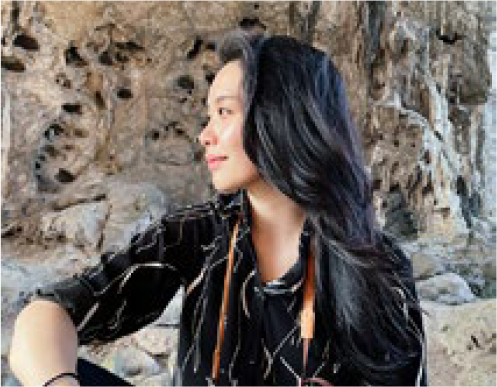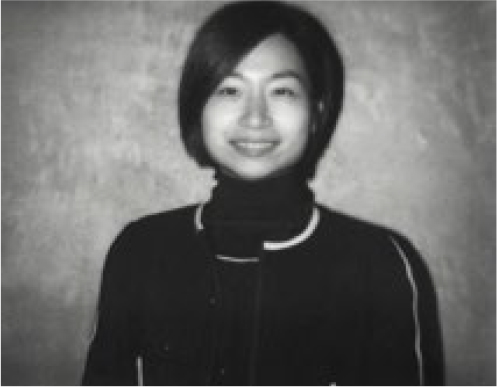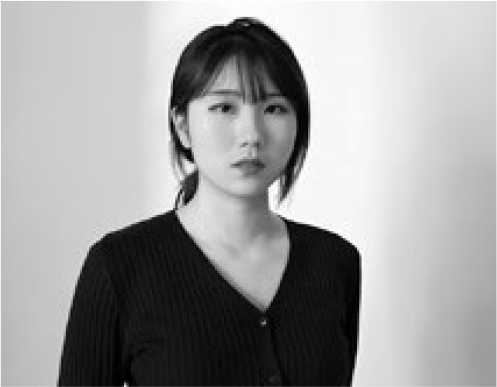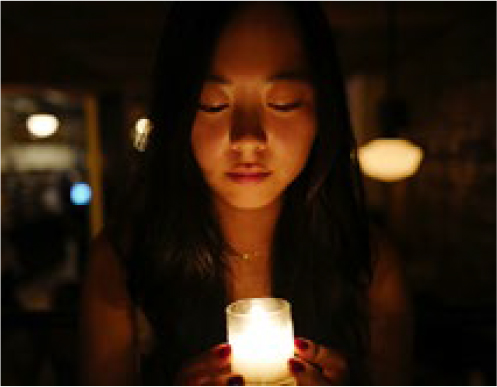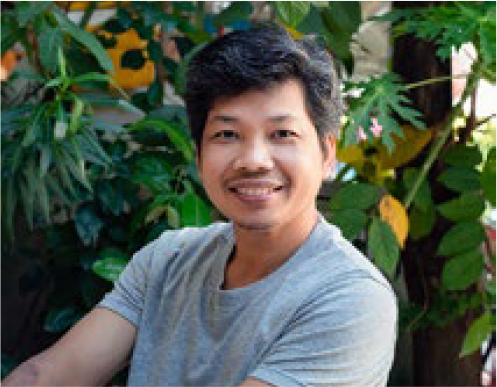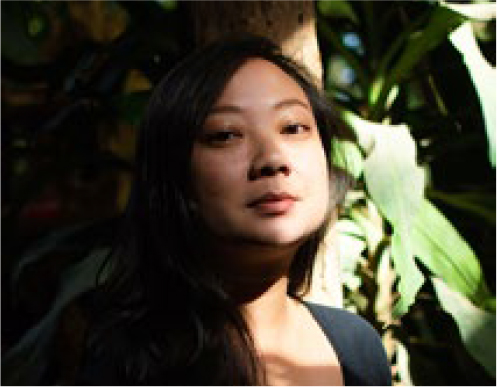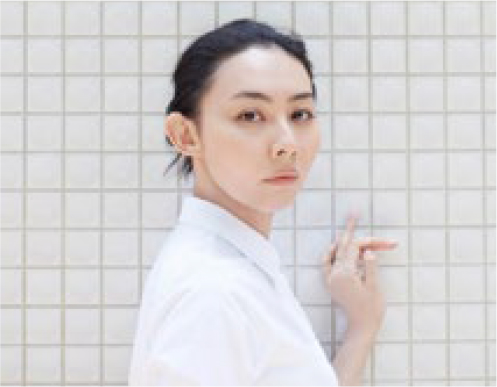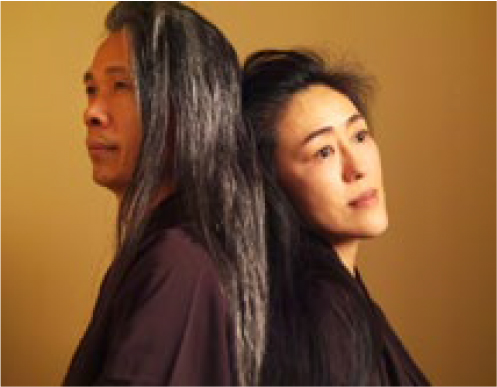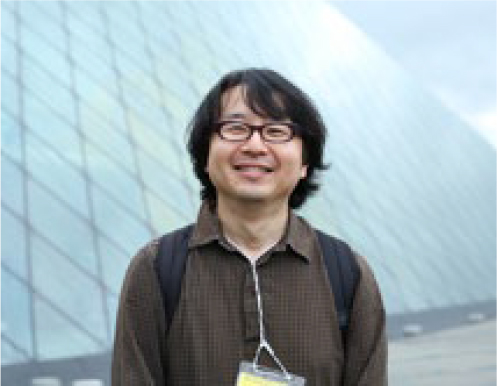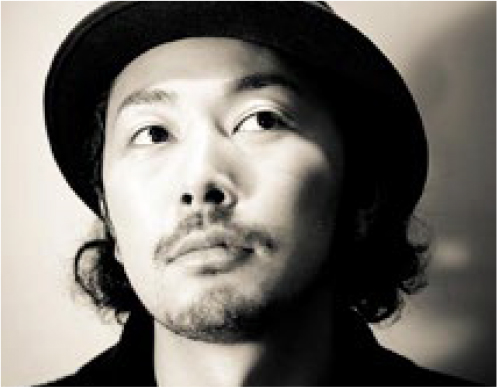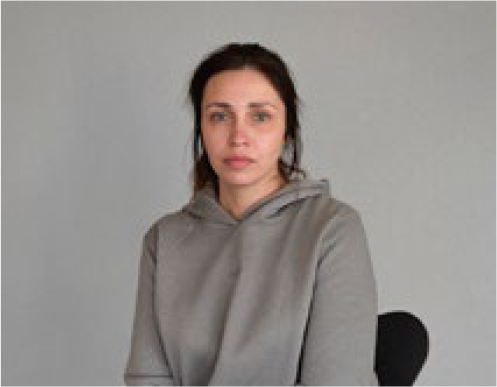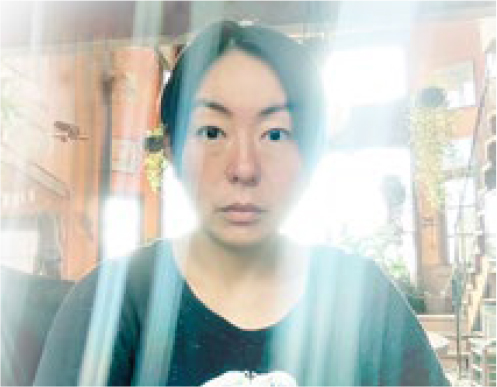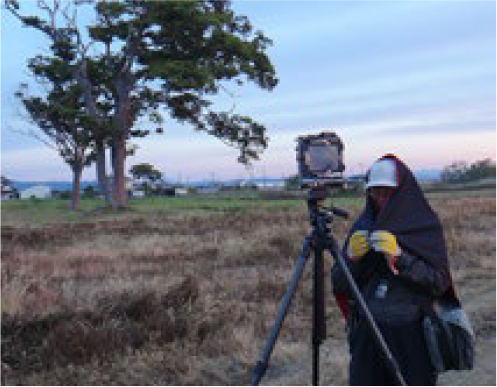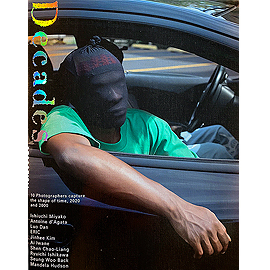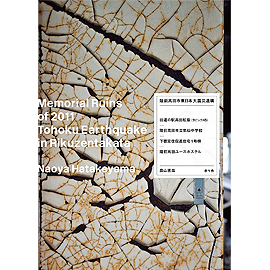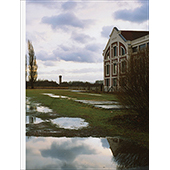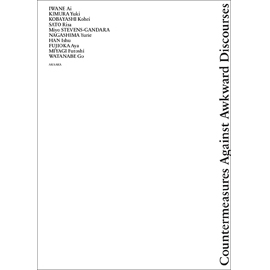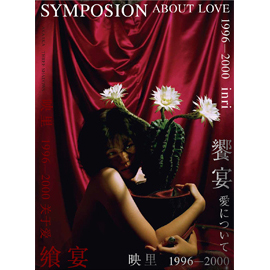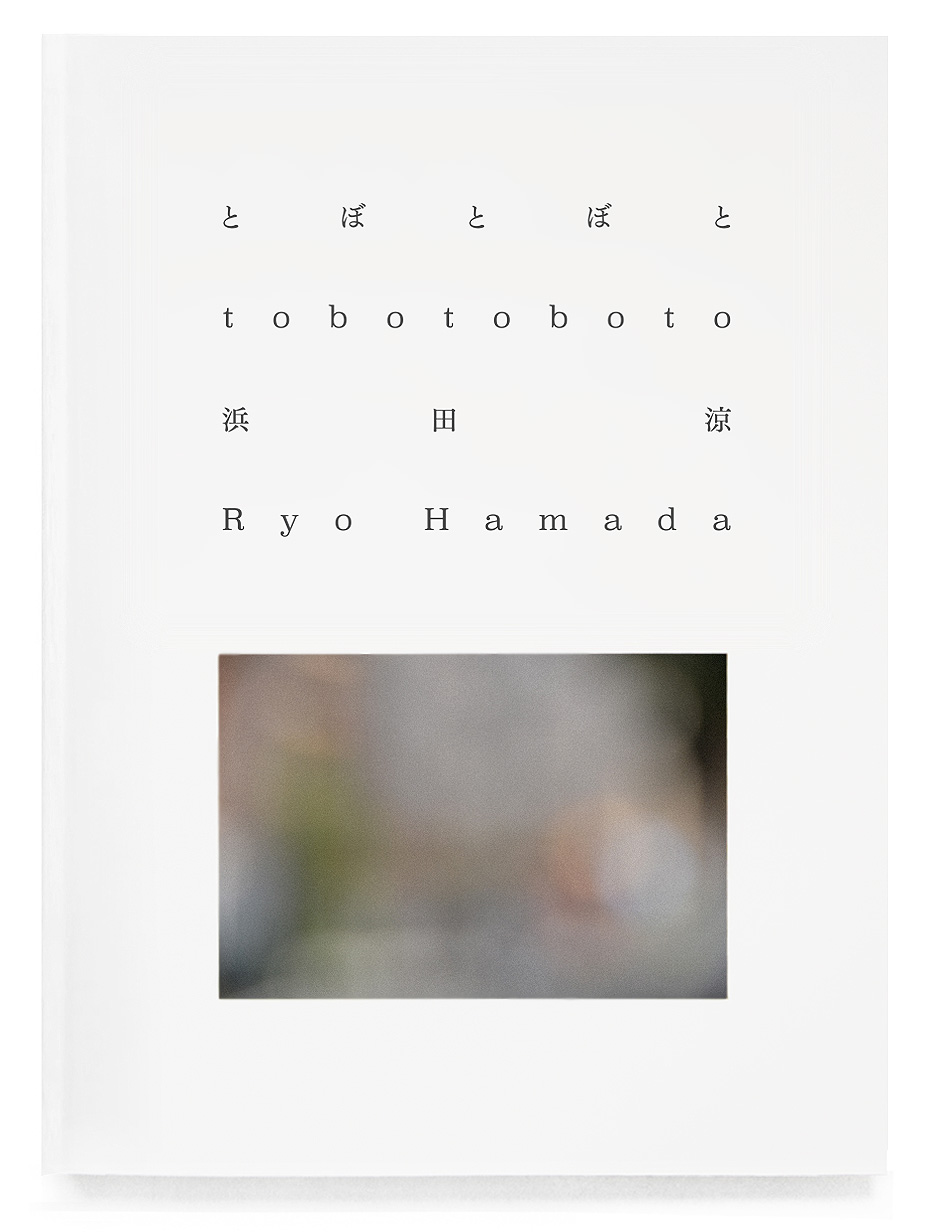
浜田涼『とぼとぼと』
Book Design:櫻井一輝 発行:赤々舎 Size: H252mm × W188mm Page:160 pages Binding:Hardcover Published in May 2023 ISBN:978-4-86541-146-1
|
¥ 4,000+tax
国内送料無料! お支払い方法は、銀行振込、郵便振替、 クレジットカード支払い、PayPal、PayPay よりお選び頂けます。 |
|---|
About Book
記憶や認識の曖昧さを眼差す「ぼんやりした写真」
tobotonoto (stroll around...)
Ryo Hamada
Ryo Hamada is an artist who, beginning in the 1990s up to the present day, explores the possibilities of what can be artistically expressed with photographs that are entirely out of focus. Because of the abstractness of this visual expression, not everyone may be able to determine, viewing her works, that "This is a photograph." More accurately, Hamada's works can be described as somewhere between a picture and a photograph. Although the works appear as halfway entities, they are all images photographed with a camera and, moreover, the artist does not rely on what is termed image processing but creates "blurred photographs" using only the functions of the camera lens. The images are undeniably photographs. But here the expectations of photographs that people have held thus far effortlessly fall away. What has fallen away? In a manner of speaking, what has fallen away is "truth." No, perhaps we should say "truth" that is gently beginning to vanish.
"This is strange, I'm not sure I understand it, but I guess I don't have to--if you can feel that way, then when there are other more complicated and abstruse things that you and the other person can't understand at all, even if you don't, as long as you feel like you kind of understand, that's pretty much enough I think."
Hamada herself does not use filters on her lenses or use image processing to transform images. She has followed her own rule, from the time she worked with film cameras, of photographing with lenses that blur the focus. Even after the transition to digital she felt that "There was no point for me personally in changing my approach then," and says she produces her photographic images without making any changes to them.
The abstractness of Hamada's blurred photographs causes us to feel as if these pieces of someone else's daily life overlap with our own memories and experiences. I think the effect of blurring is also the possibility of access to others. When, where, and what are unclear, and yet you seem to have seen or sensed something, or perhaps you are mistaken and it is just your imagination.
Excerpts from the text "Blurred Photographs: The Artistic Expression of Ryo Hamada"
by Tetsuro Ishida (Curator, Tokyo Photographic Art Museum)
Related Exhibiton
|
「TOPコレクション セレンディピティ 日常のなかの予期せぬ素敵な発見」 会期:2023年 4月7日(金)~7月9日(日) 時間:10:00~18:00(木・金 20:00まで/入館は閉館時間の30分前まで) 会場:東京都写真美術館 3F(東京都目黒区三田1-13-3 恵比寿ガーデンプレイス内) 月曜休み 出品作家:相川勝、石川直樹、井上佐由紀、今井智己、潮田登久子、葛西秀樹、北井一夫、牛腸茂雄、齋藤陽道、佐内正史、島尾伸三、鈴木のぞみ、中平卓馬、奈良美智、畠山直哉、浜田涼、本城直季、ホンマタカシ、山崎博、吉野英理香、エリオット・アーウィット、エドワード・マイブリッジ |
Artist Information
浜田涼
1966年 東京都生まれ。女子美術大学卒業。1990年の初個展以来、現在に至るまで展覧会多数。
近年の主な個展に「あたらしいばしょ」iGallery DC(山梨 2014)、「とぼとぼと」藍画廊(東京 2016)、「とろける times」藍画廊(東京 2019)、「image and matter」藍画廊(東京 2022)、「逡巡とひらひら」藍画廊(東京 2023)など。
主なグループ展参加に「Page after Page」Gallery Art Space(東京 1990)、「ニューヨーク日本祭」リンカーンセンター、アリス・タリーホール(ニューヨーク 1991)、「水戸アニュアル '96 "PRIVATE ROOM」水戸芸術館(水戸 1996)、 「寿限無'98 "世紀末 複製事件"」現代美術製作所(東京 1998)、「光をとらえた女性たち」ポーラミュージアムアネックス(東京 2003)、「VOCA展 2006」上野の森美術館(東京 2006)、「THE LIBRARY」足利市立美術館、多摩美術大学美術館(栃木、東京 2006)、「Episodes of Summer #1」CAI(ハンブルク 2006)、「Wings for Words: New Bookworks from Korea and Japan」San Francisco Center for the Book(サンフランシスコ 2009)、「川口 2009.09.26 吉増剛造ワークショップの記録・煙突、水門、古い橋、工場、支流 ー水のある風景を歩くー」ギャラリー 水・土・木(東京 2010)、「PLATFORM 2011 浜田涼/小林耕平/鮫島大輔 ー 距離をはかる」練馬区立美術館(東京 2011)、「2015 平昌ビエンナーレ」(江原道 2015)、「TOPコレクション シンクロニシティ 平成をスクロールする 秋期」東京都写真美術館(東京 2017)などがある。
作品は、ART BY XEROX 富士ゼロックス株式会社、足利市立美術館、東京都写真美術館にコレクションされている。
Ryo Hamada
Born in 1966 Tokyo. Graduated from Joshibi University of art and design, Major in Painting.
Since her first solo exhibition in 1990, she have been held many exhibitions up to the present.
Recent major solo exhibitions: "New Place" (iGallery DC, Yamanashi 2014), "tobotoboto" (Ai Gallery, Tokyo 2016), "torokeru times" (Ai Gallery, Tokyo 2019), "image and matter"(Ai Gallery, Tokyo 2022) and "hesitation and flutter(Ai Gallery, Tokyo 2023)
Major group exhibitions: "Page after Page" (Gallery Art Space, Tokyo 1990), "New York Japan Festival" (Alice Tully Hall, Lincoln Center, New York, 1991), "Mito annual 96 PRIVATE ROOM Eight Japanese Artists in Photography" (Contemporary Art Center, Art Tower Mito, 1996), "JUGEMU" (Gendai Bijutsu Seisakujo, Tokyo 1998), "women who caught the light" (POLA museum annex, Tokyo 2003), "VOCA -The Vision Of Contemporary Art- 2006 " The Ueno Royal Museum, Tokyo 2006), "THE LIBRARY"(Ashikaga Museum of Art, Tochigi - Tama Art University Museum, Tokyo 2006)"Episodes of Summer #1" (CAI, Hamburg, 2006), "Wings for Words: New Bookworks from Korea and Japan" (San Francisco Center for the Book, San Francisco, 2009), "Kawaguchi 2009.09.26 Document of Gōzō Yoshimasu work shop"(Gallery Mizu To Ki, Tokyo 2010)," PLATFORM 2011 - Ryo Hamada, Kohei Kobayashi, Daisuke Samejima - " (Nerima Art Museum, Tokyo 2011), "2015 PYEONG CHANG Biennale", (Gangwon-do, Korea 2015), TOP Collection: Scrolling Through Heisei Part 3 Synchronicity" (Tokyo Photographic Art Museum, Tokyo 2017) and more.
Collection
ART BY XEROX, Fuji Xerox Co., Ltd.
Ashikaga Museum of Art (Ashikaga municipal museum of art)
TOKYO PHOTOGRAPHIC ART MUSEUM

